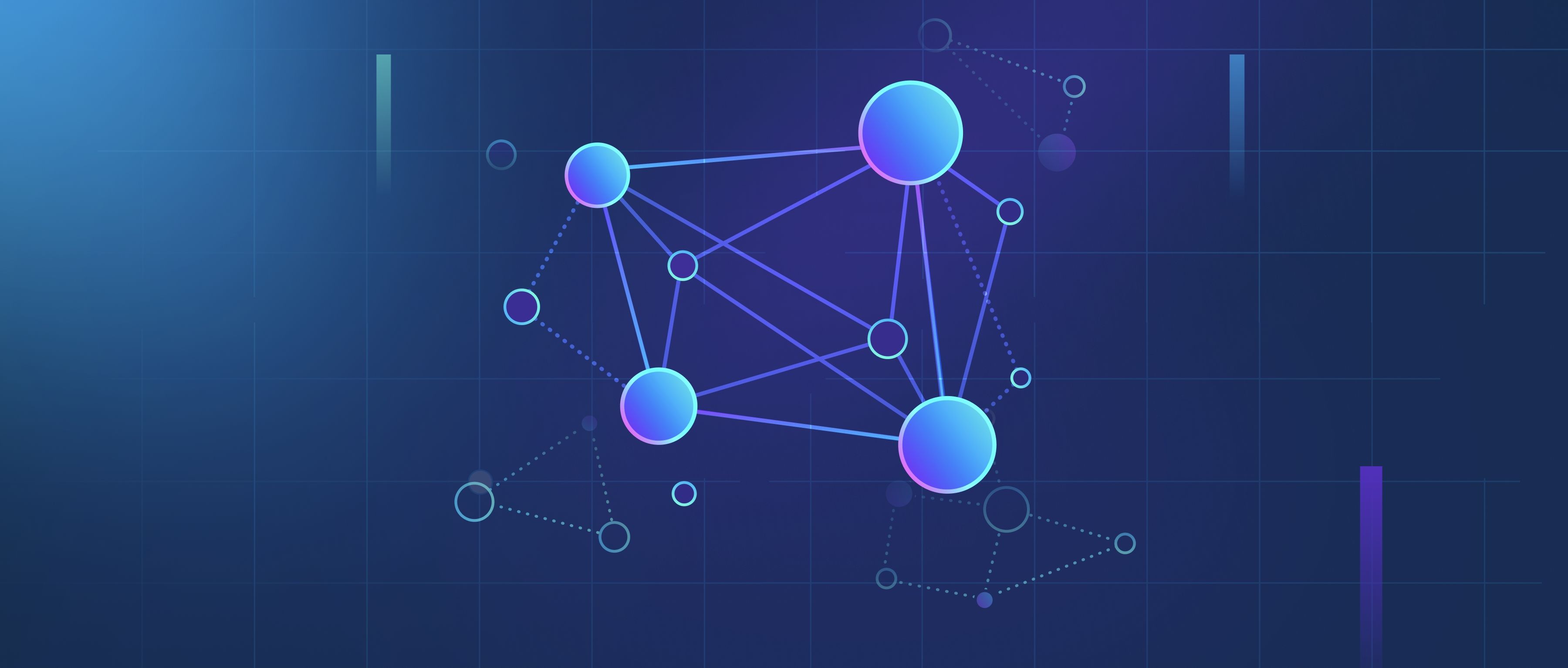In deep reinforcement learning (DRL), neural networks are used to approximate the value function or policy in environments with large or continuous state spaces. Since traditional tabular methods are impractical for such environments, neural networks enable the agent to generalize its knowledge and learn from high-dimensional inputs, like images or sensor data.
For example, in Deep Q-learning, a neural network approximates the Q-function (action-value function), mapping state-action pairs to expected future rewards. In policy gradient methods, a neural network is used to directly model the policy, which outputs the probability distribution over actions.
Neural networks allow deep RL to tackle complex problems like playing video games from raw pixels, robotics, or autonomous driving, where traditional methods would fail.
